In which I talk about all sorts of death themes surrounding Holy Week, art works at the Metropolitan Museum of Art, and death in my life… remember your death while we are in life. It doesn’t mean things are morbid.
Episode Links
Spy Wednesday
Catholic News Agency: Why is today called Spy Wednesday?
Met Museum of Art
Salvador Dali
The Last Supper
Juan de Pareja
This exhibition offers an unprecedented look at the life and artistic achievements of seventeenth-century Afro-Hispanic painter Juan de Pareja (ca. 1608–1670). Largely known today as the subject of The Met’s iconic portrait by Diego Velázquez, Pareja—who was born in Antequera, Spain—was enslaved in Velázquez’s studio for over two decades before becoming an artist in his own right. This presentation is the first to tell his story and examine the ways in which enslaved artisanal labor and a multiracial society are inextricably linked with the art and material culture of Spain’s “Golden Age.”
Representations of Spain’s Black and Morisco populations in works by Francisco de Zurbarán, Bartolomé Esteban Murillo, and Velázquez join works that chart the ubiquity of enslaved labor across media, from sculpture to silver. The Met’s portrait, executed by Velázquez in Rome in 1650, is contextualized by his other portraits from this period and the original document whereby Pareja was freed upon return to Madrid. The exhibition culminates in the first gathering of Pareja’s rarely seen paintings, some of enormous scale, which engage with the canons of Western art while reverberating throughout the African diaspora.
The Calling of St. Matthew link
St. Benedict of Palermo


Wiki article: https://en.wikipedia.org/wiki/Benedict_the_Moor
Benedict the Moor O.F.M. (Italian: Benedetto da San Fratello; 1526 – 4 April 1589) was a Sicilian Franciscan friar who is venerated as a saint in the Catholic[1] church. Born of enslaved Africans in San Fratello, he was freed at birth and became known for his charity. As a young man he joined a Franciscan-affiliated hermit group, of which he became the leader. In 1564 he was sent to the Franciscan friary in Palermo, where he continued good works.
….
Benedict died at the age of 65 and, it is claimed, on the very day and hour which he had predicted.
St. Joseph, Patron of a Happy Death
O Blessed Joseph, who yielded up thy last breath in the arms of Jesus and Mary, obtain for me this grace, O holy Joseph, that I may breathe forth my soul in praise, saying in spirit, if I am unable to do so in words: “Jesus, Mary and Joseph, I give Thee my heart and my soul.”Amen.




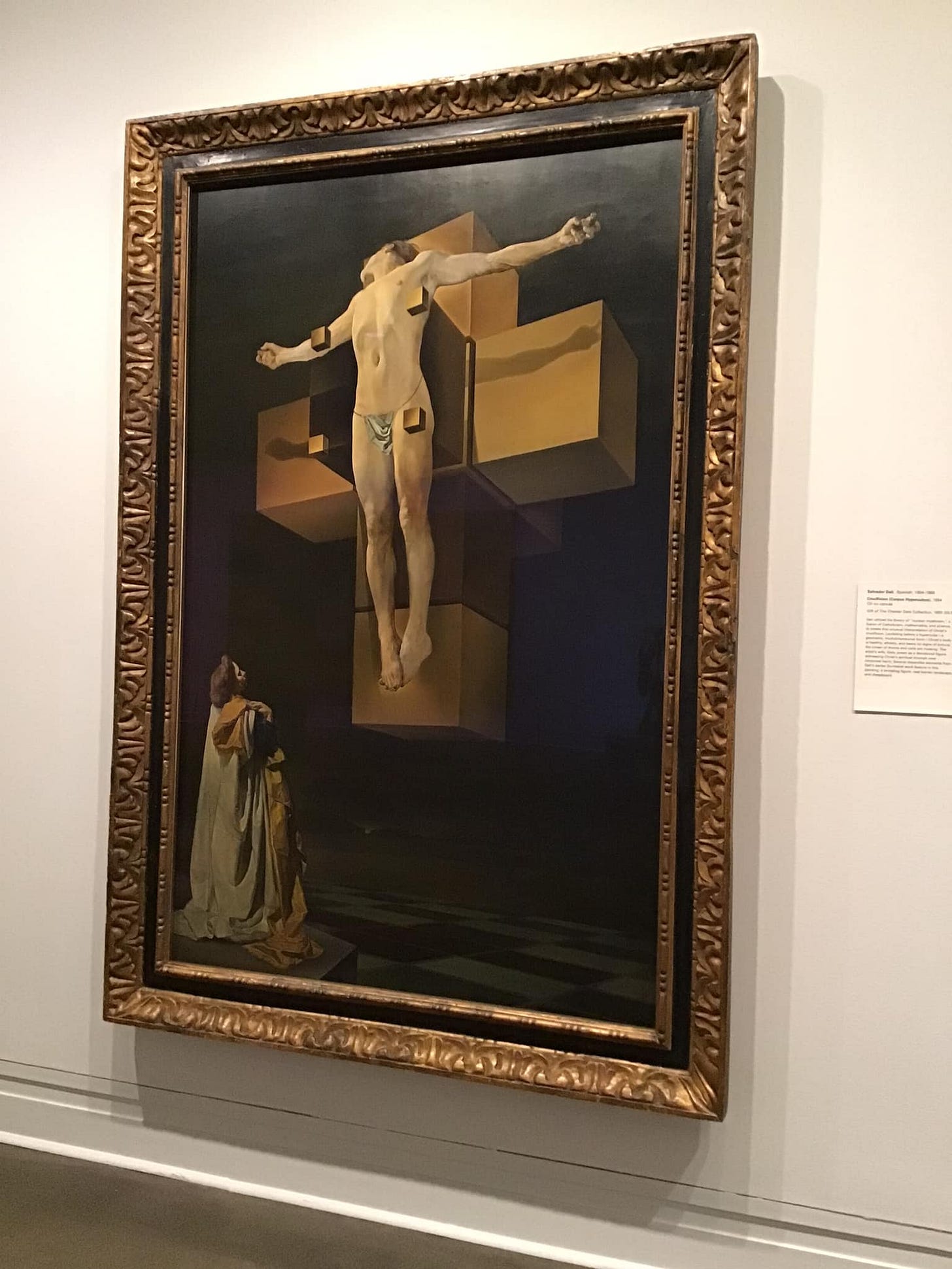
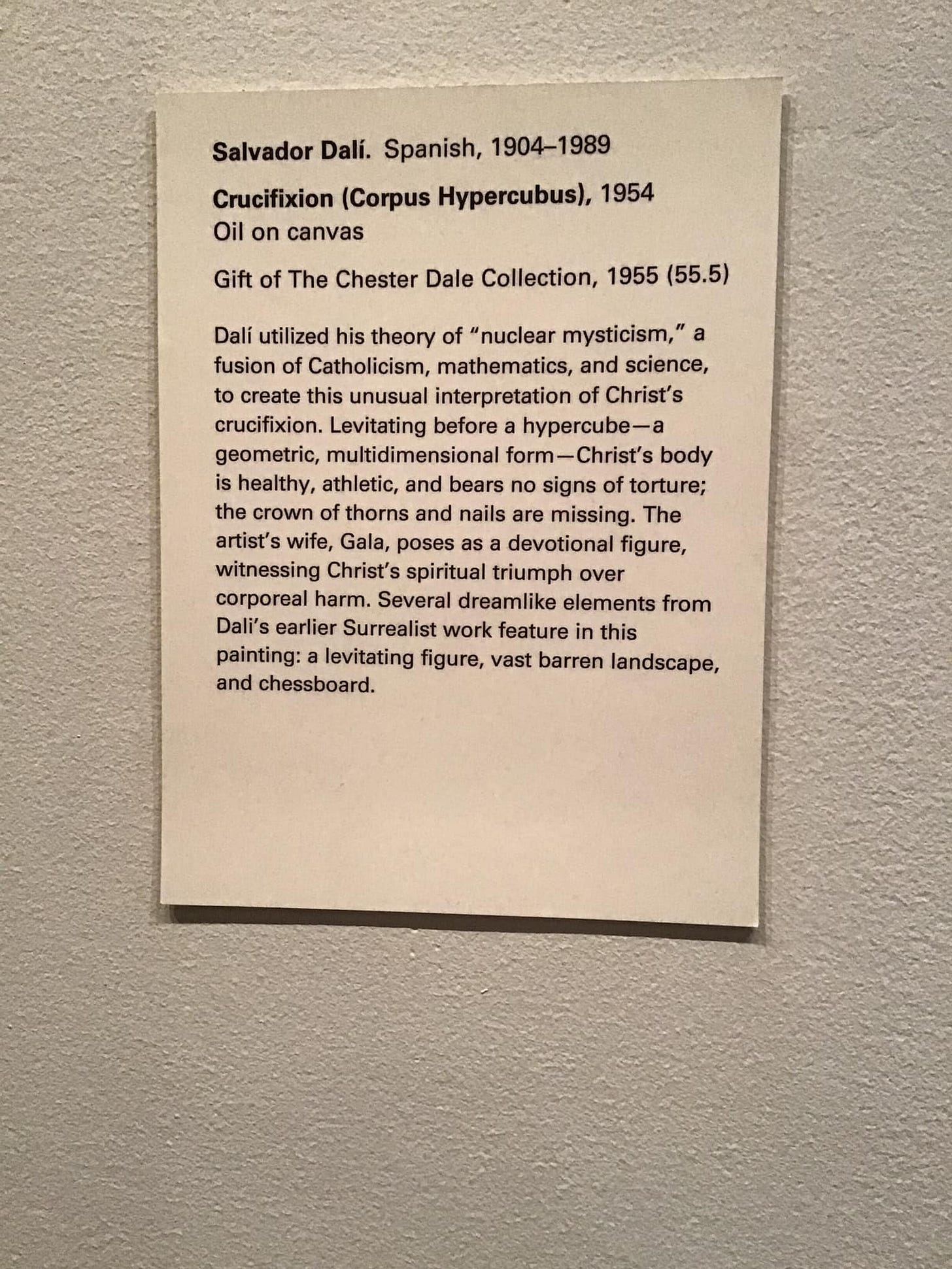
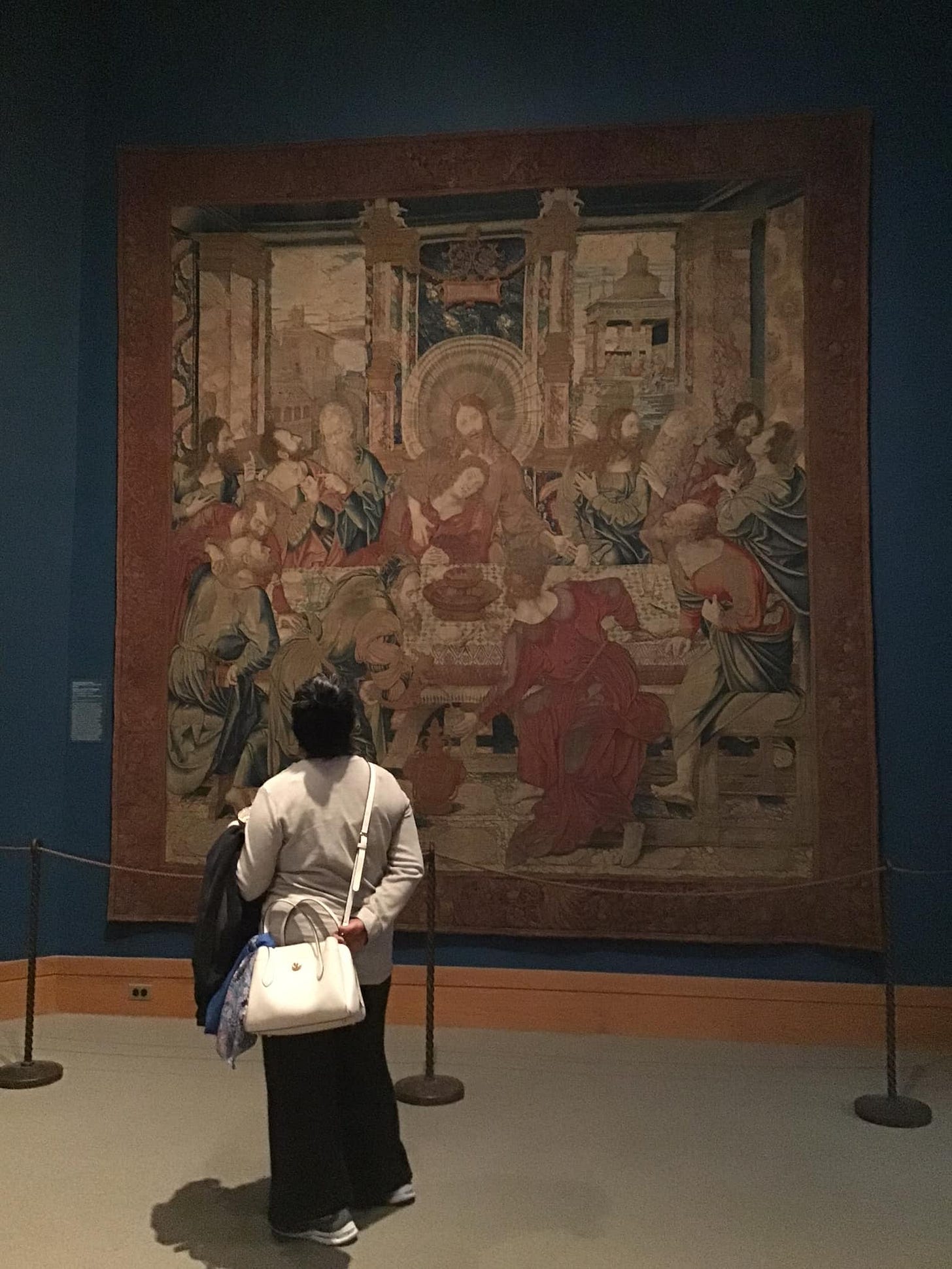


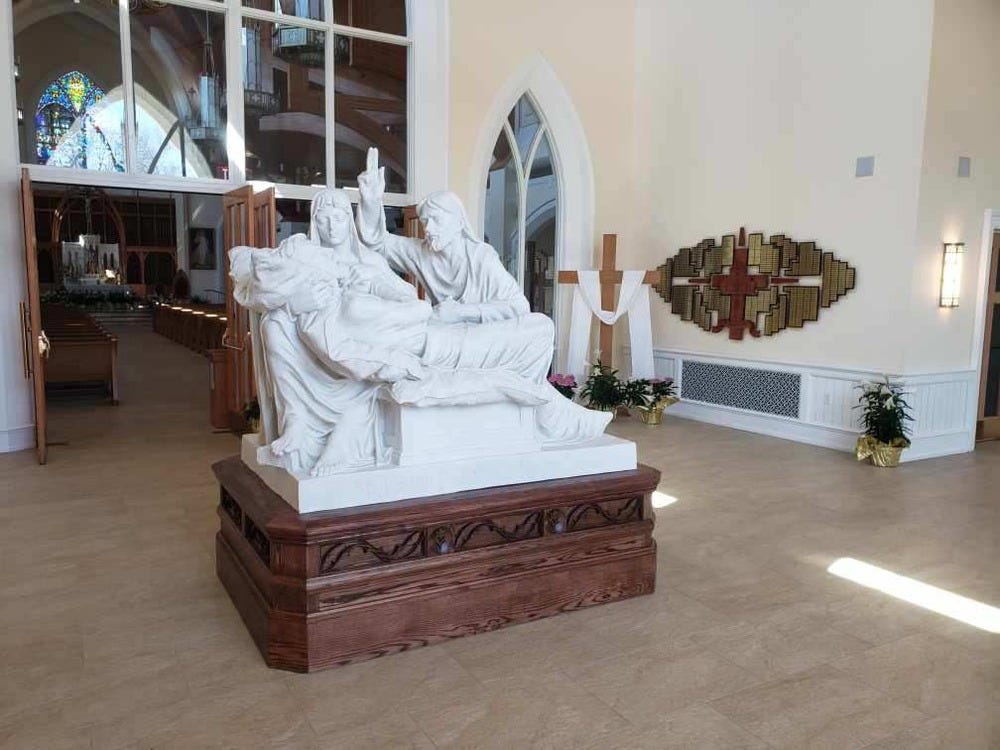


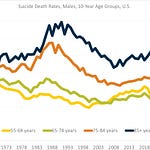


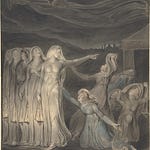



Share this post